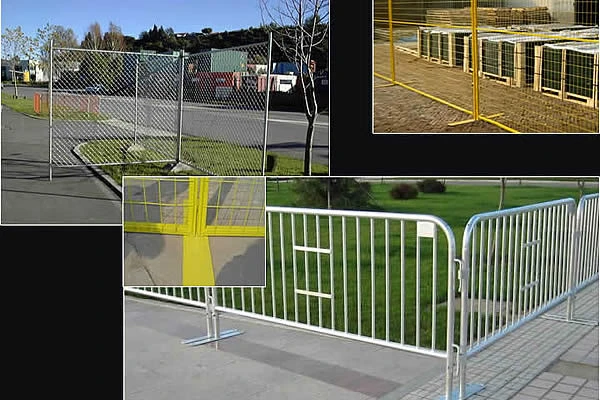 TEL:
+86-13102802206
TEL:
+86-13102802206
 Email:
fencenetting@china.com
Email:
fencenetting@china.com
 Language
Language
 TEL:
+86-13102802206
TEL:
+86-13102802206
 Email:
fencenetting@china.com
Email:
fencenetting@china.com
 Language
Language


The Versatility of Gabion Wall Cages
Gabion wall cages have emerged as a popular choice in the field of landscaping, civil engineering, and environmental management. These sturdy, wire mesh structures filled with various materials, such as rocks, concrete, or recycled materials, serve multiple purposes ranging from erosion control to aesthetic enhancements.
One of the primary advantages of gabion walls is their effectiveness in erosion control. When strategically placed in areas prone to soil erosion, gabion cages provide a stable structure that absorbs the impact of flowing water. The weight and permeability of the rocks within the cages allow for water drainage while stabilizing the surrounding soil. This dual function not only protects sensitive areas but can also be a sustainable way to manage water runoff in urban environments.
In addition to erosion control, gabion walls are increasingly recognized for their aesthetic appeal. The versatility in design and fill material allows for creative applications in landscaping. Whether used as decorative garden elements, retaining walls, or fencing, gabions can blend harmoniously with the natural environment. The stone fill can be selected to complement the dominant hues of the landscape, creating visually pleasing elements that enhance the overall ambiance of a space.

Moreover, the environmental impact of gabion walls is often lower than traditional retaining walls. Since they can be filled with locally sourced materials, they reduce the carbon footprint associated with transporting concrete or brick. Additionally, their porous nature not only facilitates water drainage but also provides a habitat for flora and fauna, contributing to biodiversity. Over time, plants can grow within the gaps of the stones, leading to a more integrated ecosystem.
The installation process of gabion wall cages is relatively straightforward, making them appealing for both professionals and DIY enthusiasts
. The cages can be easily assembled on-site, filled with materials, and stacked to the desired height. This adaptability means that gabion walls can be custom-designed to suit specific needs and site conditions, whether in urban settings, rural landscapes, or along coastlines.Furthermore, gabion walls are durable and require minimal maintenance. Unlike wooden structures that may rot or deteriorate over time, gabions made from galvanized steel mesh can withstand various weather conditions without significant wear. This longevity makes them a cost-effective solution in the long run, especially for areas exposed to extreme environments.
In conclusion, gabion wall cages represent a fusion of functionality and aesthetics, addressing critical challenges such as erosion control, water management, and landscape enhancement. Their sustainability, ease of installation, and minimal maintenance further bolster their appeal. As more individuals and communities prioritize eco-friendly solutions, the popularity of gabion walls will likely continue to rise, showcasing their significance in modern engineering and environmental stewardship. Whether for practical uses in construction or creative applications in landscaping, gabions are proving to be an invaluable asset in contemporary design and environmental management.